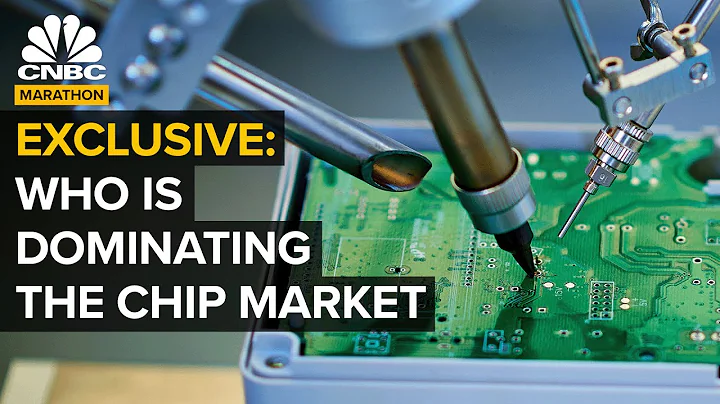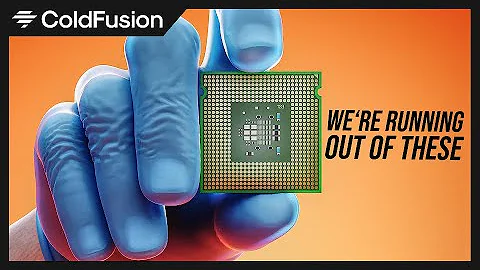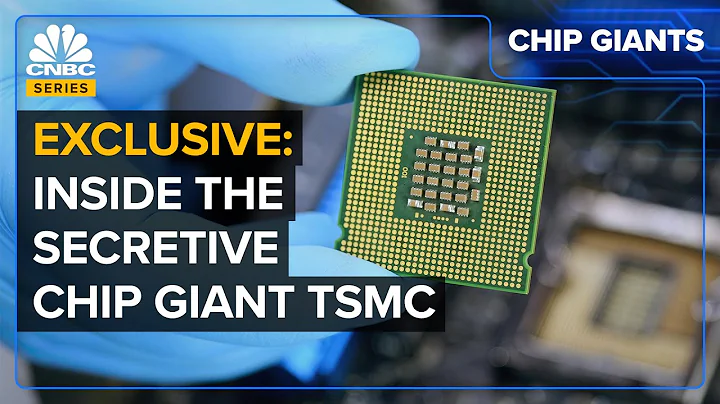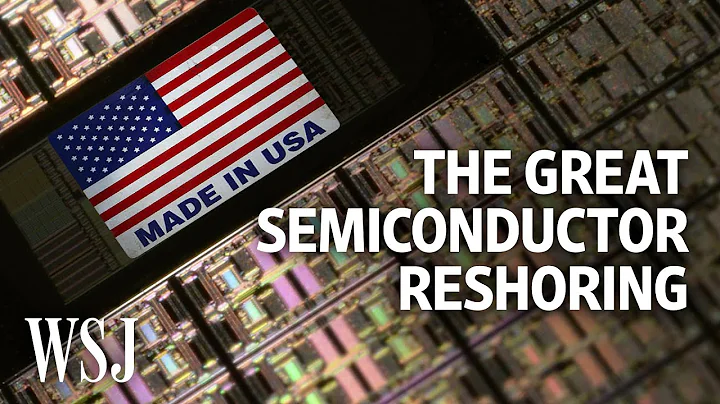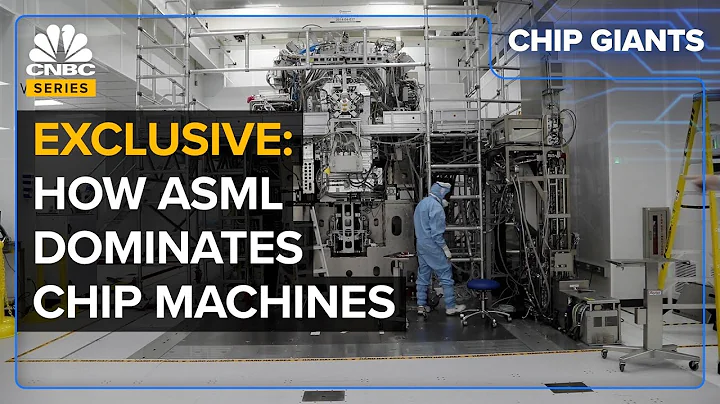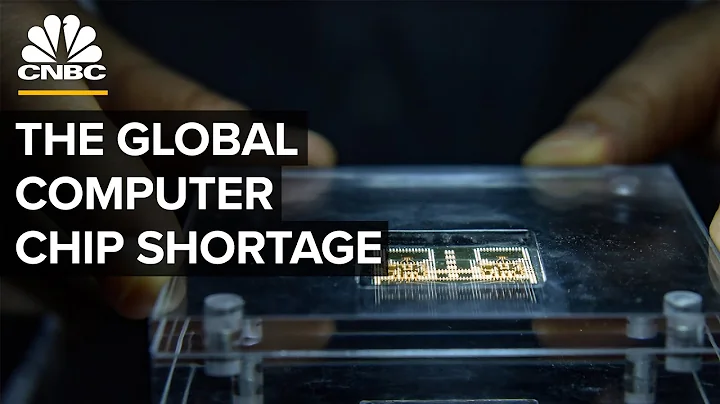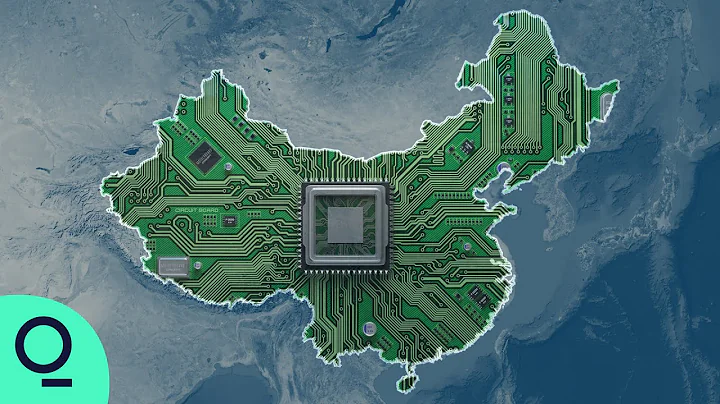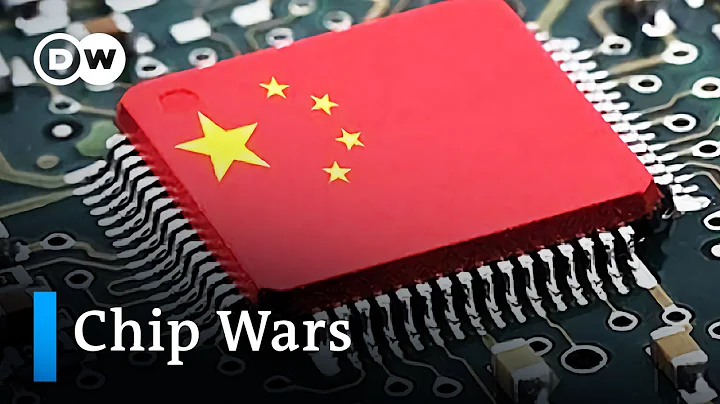
Recently, news about TSMC’s Nanjing plant’s expansion of 28nm process capacity has stirred up waves of discussion like a depth bomb.
Supporters expressed welcome. The expansion of production will help alleviate the current global chip shortage problem, especially the serious shortage of automotive chips. The expansion of production can also supplement technology, talents and funds for the mainland, and is also conducive to the formation of an industrial chain cluster in the mainland.
The opposition said that it should be boycotted. TSMC's expansion is the heart of Sima Zhao, and it is a tool used by the United States to suppress the development of SMIC and other mainland chip companies.
Previously, there was news that TSMC originally planned to expand production of the 7nm advanced process at the Nanjing factory, but due to Sino-US trade friction, it had to change to the 28nm mature process.
There are different opinions from the outside world, but TSMC has not given a clear answer on this matter.
It can be seen from everyone's heated discussion that as the leader of the wafer foundry industry, TSMC's every move has attracted much attention. However, few people care about the difficulties of being the leader.
In fact, TSMC is playing its own "triple of difficulties" under the double attack of natural disasters (water shortages, power outages, the new crown epidemic) and man-made disasters (China-US trade friction).
It is difficult to build a factory, it is difficult to compete, and it is difficult to develop technology. TSMC’s difficulties are even more difficult.
Create a new model of manufacturing
Before understanding TSMC’s difficulties, let’s talk about his “history” as the leader of foundry companies.

In many industries, the first person to eat crabs usually becomes the boss in the industry. This is the case for Texas Instruments , Intel , and so is TSMC.
Before the emergence of TSMC, semiconductor companies only adopted the IDM (Integrated Device Manufacture) model, that is, they completed everything from chip design to chip manufacturing and packaging themselves. Therefore, for a long time, chip design and process processes were tightly coupled and were considered The core competitiveness of semiconductor companies, Intel and Texas Instruments are representative companies of the IDM model, and they continue to this day. The benefits of the
IDM model are very obvious. Production capacity is guaranteed, quality is controllable, and the performance of new technologies and products can be improved. However, it is very unfriendly to chip design companies because they can only purchase spare parts from integrated component manufacturers. Wafer capacity, output and production schedule are all controlled by others, which is not conducive to large-scale mass production of products.
However, it is unrealistic for design companies or small and medium-sized enterprises to invest tens of billions of dollars in building a fab.
The emergence of TSMC has created a new model in the chip manufacturing industry, namely the "fabless + foundry" model. Foundry provides foundry business, so that chip design companies (Fabless) and small and medium-sized enterprises without chip manufacturing and packaging capabilities do not have to bear the huge cost of building and operating wafer factories. Although production capacity and technology are limited, overall It's still very cost-effective.
For companies with the original IDM model, due to factors such as production capacity or cost, some products can also be handed over to wafer foundry companies for manufacturing.
Based on the above reasons, foundry has become a steadily developing technology industry.
TSMC not only pioneered wafer foundry, but also gradually developed into the industry leader.
It is not easy to create a new industrial model. If you want the "Fabless+Foundry" model to work, you need to meet the three conditions of process level, customer demand and making money at the same time:
- The process level of the foundry factory cannot be compared with the process level of IDM in the same period. Only with a high design level and a certain amount of shipments can Fabless+Foundry fill the foundry's production capacity.
- Fabless+Foundry must have the same or higher return on investment ratio as the competing IDM models in the same period in order to continue to develop
or above. TSMC has done it all.
In terms of process level, , two major nodes allowed TSMC to stand out and become the absolute leader in the industry:
- TSMC was established in 1987. Its initial process technology relied on Philips Company , lagging behind Texas Instruments and Texas Instruments at the time. Motorola and other large European and American IDM companies. In 1997, TSMC began to independently develop 0.13 micron technology based on the copper process and began production in 2000. This process level far exceeded that of the same period, making it the first in the industry.
- In 2007, TSMC's Lin Benjian proposed the idea of immersion lithography, cooperated with ASML to develop the immersion lithography machine , and successfully launched the first immersion lithography machine in 2007. TSMC extended its technical capabilities to manufacturing equipment and began to "take a half-step ahead" by taking the 40, 28, and 20nm routes, splitting from Intel's 45, 32, and 22nm routes. Immediately afterwards, the founder of Zhang Zhongmou returned and invested heavily in the 28nm process, consolidating technological advancement into commercial success.

Today, TSMC’s 7nm process production capacity is about 140,000 pieces per month; 5nm production capacity is about 90,000 pieces per month; 3nm process customers include Intel and Apple; according to the plan, TSMC is expected to enter the 2nm process trial production stage in mid-2023 , and went into mass production a year later; major breakthroughs have also been made in processes below 1nm.
In terms of customer needs, advanced customer needs can push foundries to continuously improve their processes. TSMC's major customers include Apple, NVIDIA, AMD, Qualcomm, MediaTek, Intel, Broadcom, Marvell, Xilinx, etc. Apple is TSMC's largest customer, contributing more than 20% of TSMC's revenue every year, and the annual iterative update rhythm of Apple's mobile phone chips has reversely promoted TSMC's process upgrades and set the direction for the entire industry.
In terms of company operations, according to financial insiders, TSMC has "drawn a textbook-like income and expenditure chart." For many years, it has maintained the correct formula of "high investment - low cost - high sales - high investment" to cycle. While TSMC continues to pursue more advanced processes, on the one hand, it has not been affected by industry fluctuations, and on the other hand, it accurately balances the operating cash flow (positive cash flow) earned from its business and the cash flow paid by investment activities ( negative cash). stream ) to achieve long-term and stable development.

▲Source: Nikkei Chinese website
It can be said that TSMC’s success is inseparable from the experience, courage and foresight of leaders such as Chang Chung-mou.
It is difficult to build a factory, it is difficult to compete, and it is difficult to technology
"Forced" to run away from home
TSMC founder Zhang Zhongmou mentioned at the 2021 Master Think Tank Forum hosted by Taiwan Economic Daily this year that compared with the United States, in wafer manufacturing, the United States The land, water and electricity conditions are better than those of TSMC.

One sentence reveals TSMC’s current predicament.
In April this year, TSMC's Nanke Fab14 P7 plant suddenly experienced a power outage. The industry estimated that nearly 30,000 wafers were affected, with a loss of nearly NT$1 billion (equivalent to 230 million yuan). The factory mainly produces 12-inch wafers and is one of the important bases for TSMC's 40nm and 45nm process production. The accident was a heavy blow to the automotive industry, as the factory is also the main workshop for the production of automotive chips.
In fact, Taiwan’s power resources and water resources have restricted TSMC’s development.
fabs are huge power-hungry monsters. Chip manufacturing equipment consumes huge amounts of power, and coupled with the stringent requirements of the manufacturing environment, a large amount of electricity is required to maintain it. According to Greenpeace estimates, TSMC's annual power consumption accounts for 4.8% of the total power consumption in Taiwan. %, which is higher than the annual electricity consumption of the entire Taipei City.
If we say that the current power in Taiwan can barely supply TSMC, but after the 3nm chip factory is launched, the power consumption will be 7 billion kilowatt-hours a year. According to data from Bloomberg Industry Research, the production of 5nm and 3nm requires investment in EUV lithography equipment. An EUV machine with an output power of 250W will consume 30,000 kilowatt hours of electricity a day. It is expected that by the end of 2023, when the 5nm and 3nm factories will operate at the same time, When operating at full speed, the demand for new circuits will reach 98% of TSMC's global power consumption in the past year.
The power supply is not sufficient and there is also a problem with water resources.
In the past two years, Taiwan has suffered from serious drought problems and water shortages. Many reservoirs on the island have dried up, and the water storage capacity is less than one-tenth of normal levels. Many areas have initiated "five-stop water supply and two-stop" zoning water restrictions. The policy even stopped irrigation of nearly one-fifth of the farmland. TSMC, as a large water user, has also been affected. Although it has adopted the fuel truck method of transporting water, it is not a long-term solution.

When the hard conditions cannot keep up, TSMC’s “exodus” becomes inevitable. Whether it is the new 5nm factory in Arizona, the expansion of the Nanjing factory, and the ongoing negotiations in Japan and Germany, they have become the solution for TSMC to get out of the predicament. method.
Competition is a bit difficult
This year, the semiconductor industry giant Intel announced that it would join the foundry business and established a chip foundry services (Intel Foundry Services, IFS) business group in March. Intel has great ambitions for this front. CEO Pat Gelsinger said in an interview, “By 2030, we will become the second largest player in this market. "
In a recent interview, Intel announced that two major customers, Qualcomm and Amazon , will use Intel's 20A process to OEM chips for Qualcomm and provide packaging services for Amazon Web Services (AWS). At the same time, Intel also announced its process development plans for 10nm, 7nm, 4nm, 3nm and 20A in the next four years.
News about Intel’s plan to spend about US$30 billion to acquire the third largest wafer foundry GlobalFoundries Semiconductor (GlobalFoundries) is also spreading.
Regarding Intel's high-profile declaration of war, Zhang Zhongmou implicitly expressed that he is not afraid. He said: "Short-term subsidies in the United States are not enough to make up for long-term disadvantages."
As for the competition from mainland chip companies, Zhang Zhongmou said that he is not a rival yet, and in 2020 After tens of billions of dollars in subsidies, mainland semiconductor manufacturing lags behind TSMC by more than five years, and logic semiconductor design lags behind the United States and Taiwan by 1-2 years.
Although it lags behind TSMC in terms of process technology, the huge demand for 28nm in the automotive, Internet of Things and other fields has given domestic companies such as SMIC a broad space for development, making competition a bit more uncertain.
The real competitor of TSMC TV is Samsung Electronics .
Samsung Electronics also provides foundry business. Although there is a certain gap with TSMC in terms of process level and customers, the continuous huge capital investment and the pursuit of advanced technology still put a lot of pressure on TSMC. Zhang Zhongmou believes that South Korea’s advantages in wafer manufacturing are similar to Taiwan’s, and its first-class local talents and geographical advantages are the same as those of TSMC.
Challenges from Moore's Law
Once upon a time, Moore's Law was the golden rule guiding chip manufacturing. But now, when the process technology has reached 1nm, where the future chips should go has become a challenge for the entire chip industry.
In the post-Moore era, TSMC chose to start with new materials and packaging and start extreme challenges.
In May of this year, "Nature" magazine published a collaborative research project between TSMC, MIT, and National Taiwan University. The paper reported on the relationship between semimetal bismuth (Bi) and semiconductor single-layer transition metal dichalcogenides (TMDs). of ohmic contact. The contact resistance reported in the article is a major improvement in two-dimensional semiconductors and is close to the quantum limit. The discovery of this technology confirmed the potential of high-performance single-layer transistors and is expected to become a breakthrough in Moore's Law.
advanced packaging is the key to improving chip performance in the post-Moore era. TSMC’s advanced packaging technology is betting on 3DFabric. According to relevant reports, TSMC’s 3DFabric platform integrates all advanced packaging technologies, including integrated chip system (SoIC), integrated fan-out (InFO) and CoWoS series families, which can be freely selected by customers.
From scratch to number one in the industry, TSMC has a lot to learn from domestic chip companies. Regarding the expansion of Nanjing factory, whether it is normal business development or people are in control, I believe time will give the answer.
